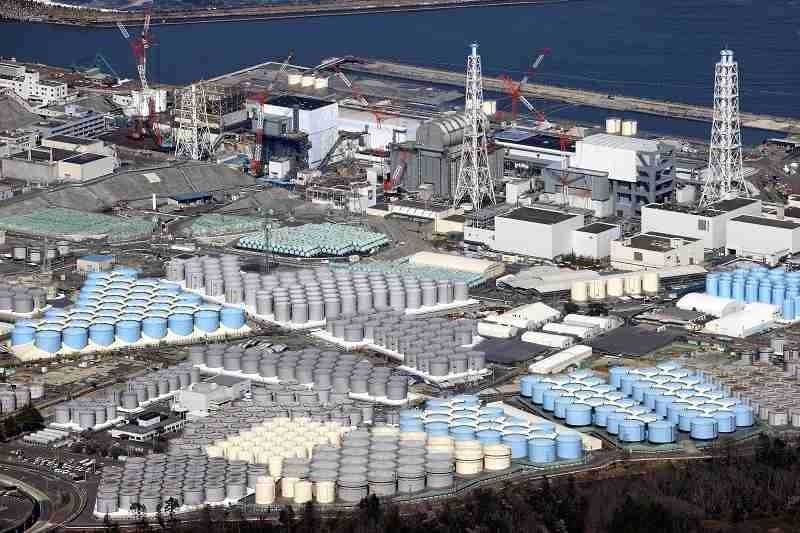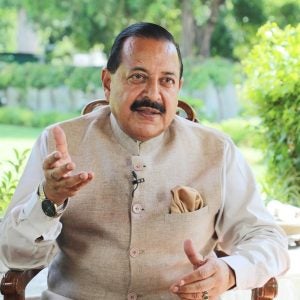 Japan’s Nuclear Regulation Authority (NRA) has formally approved Tokyo Electric Power Company’s (Tepco’s) operation plan for the release to the ocean of treated water from the Fukushima Daiichi NPP site. The plan includes standards for the levels of radioactive materials contained in the water when it is released. Construction of an undersea tunnel to be used for the water release is expected to be completed by the end of June.
Japan’s Nuclear Regulation Authority (NRA) has formally approved Tokyo Electric Power Company’s (Tepco’s) operation plan for the release to the ocean of treated water from the Fukushima Daiichi NPP site. The plan includes standards for the levels of radioactive materials contained in the water when it is released. Construction of an undersea tunnel to be used for the water release is expected to be completed by the end of June.
The government and Tepco aim to start discharging the water around spring or summer this year. But strong opposition from fishery operators continues. In February NRA approved Tepco’s draft operation plan, which included the types of radioactive materials whose levels will be measured when the water is released and standard levels for them. A total of 105 public comments were received for the draft, but the Japan Times says none of them was reflected in the formalised operation plan.
The plan calls for checking whether the levels of tritium, caesium-137, plutonium-239 and some 20 other radioactive materials are within the standards before the water release. Also, a review will be made on a regular basis on whether the types of radioactive materials subject to the monitoring are appropriate, in line with progress in the work to decommission the crippled plant.
Through the use of purification equipment, radioactive materials are removed from water used to cool melted nuclear fuel debris at the plant. As the equipment cannot remove radioactive tritium, Tepco keeps the treated water in storage tanks at the plant, planning to substantially dilute the water with seawater to reduce the concentration of tritium before its release. Tepco says the tanks will reach their full capacity between February and June 2024.
Meanwhile, Japan and South Korea have agreed to a four-day visit by a delegation of South Korean experts to inspect the treated water. South Korea’s Yonhap News Agency reported that the delegation’s visit is expected to begin on 23 May. The decision to dispatch an inspection team was made during the Japan-South Korea summit earlier in May. The talks included Atsushi Kaifu, Director General of the Japanese Foreign Ministry’s Disarmament, Non-Proliferation & Science Department; Japanese Economy, Trade & Industry Ministry officials; and Yun Hyunsoo, Director General of the South Korean Foreign Affairs Ministry’s Climate Change, Energy, Environmental & Scientific Affairs Bureau. South Korea has repeatedly expressed its concern about the release of the treated water.
Image: Tanks holding treated radioactive water on the grounds of the Fukushima site (courtesy of KYODO)






